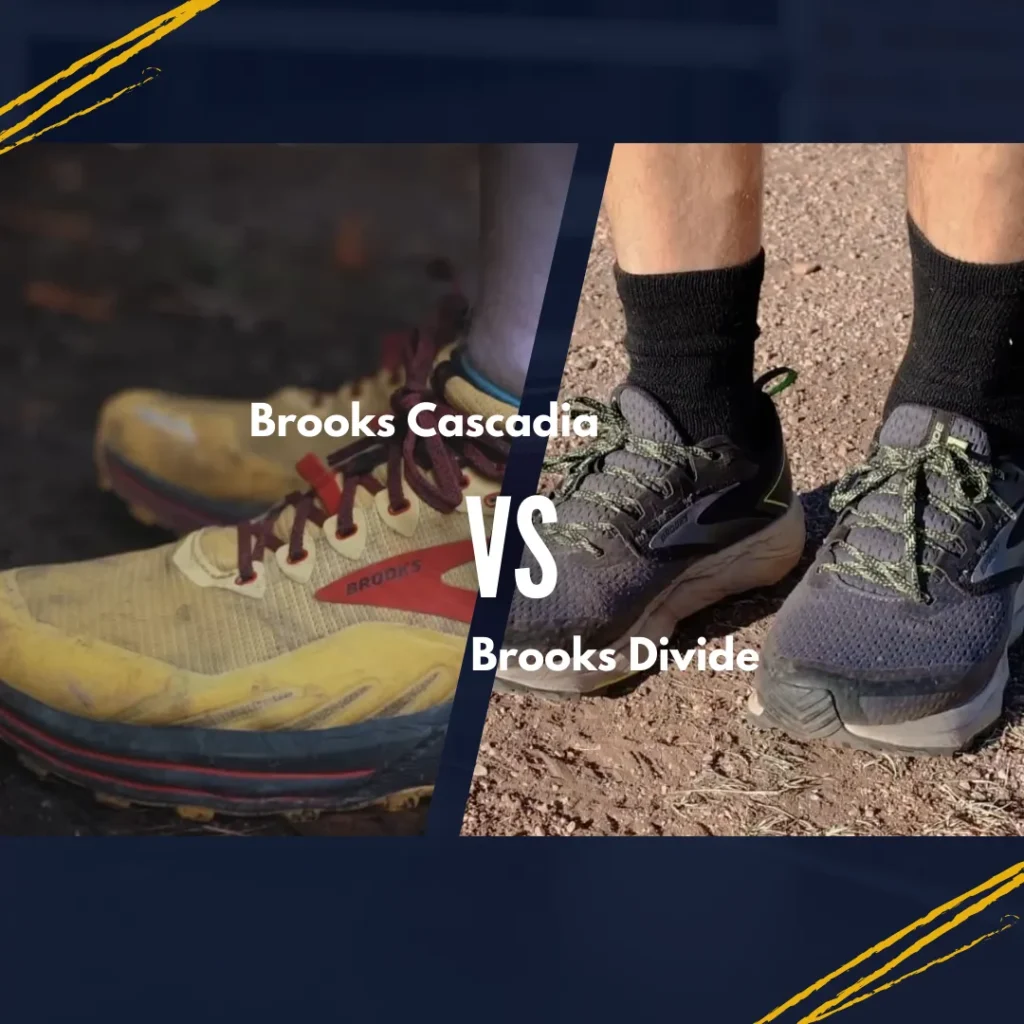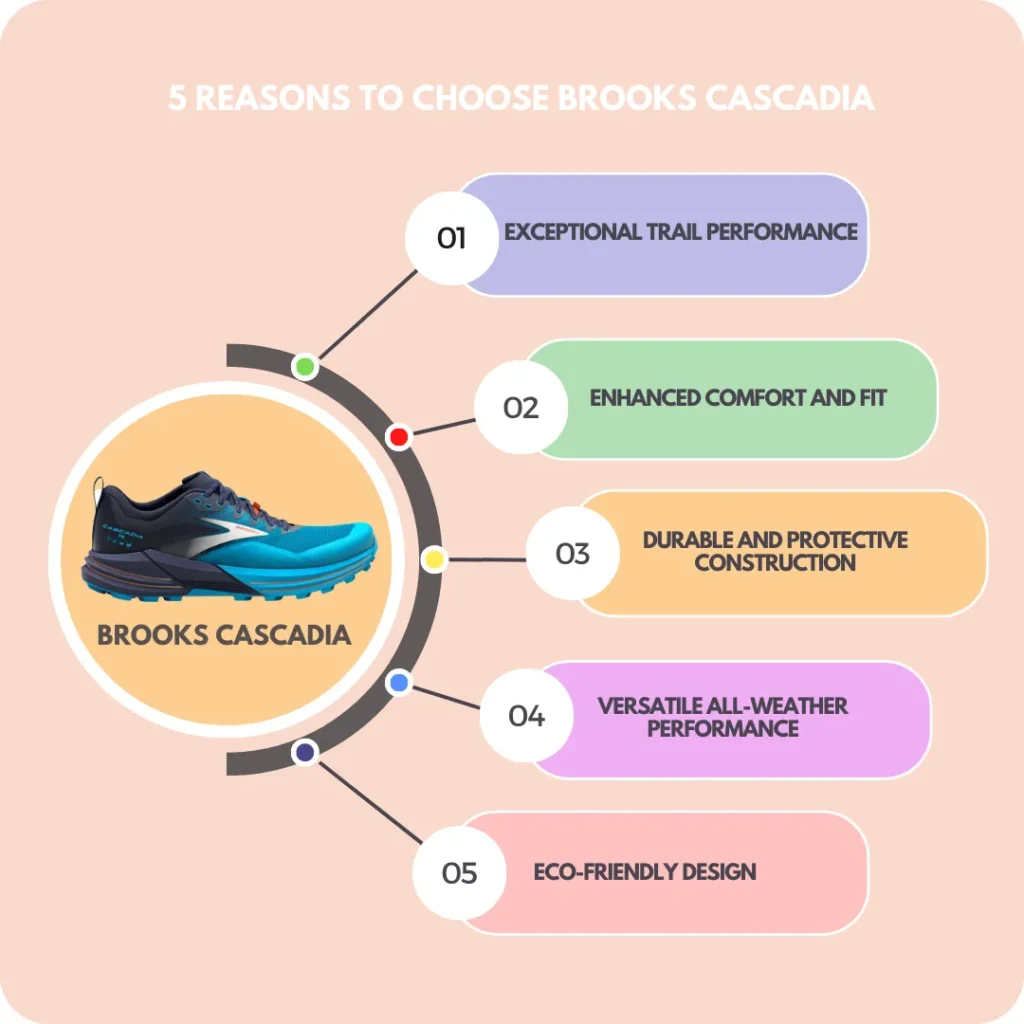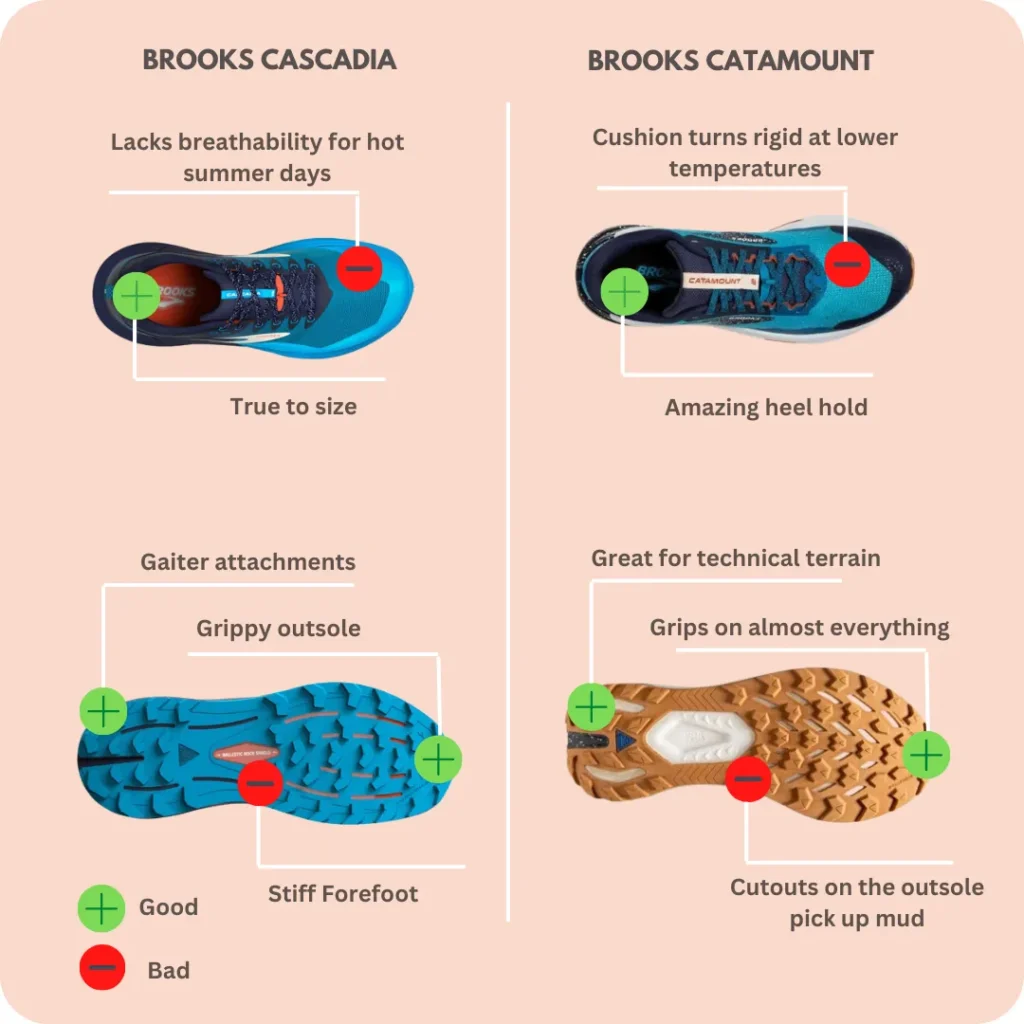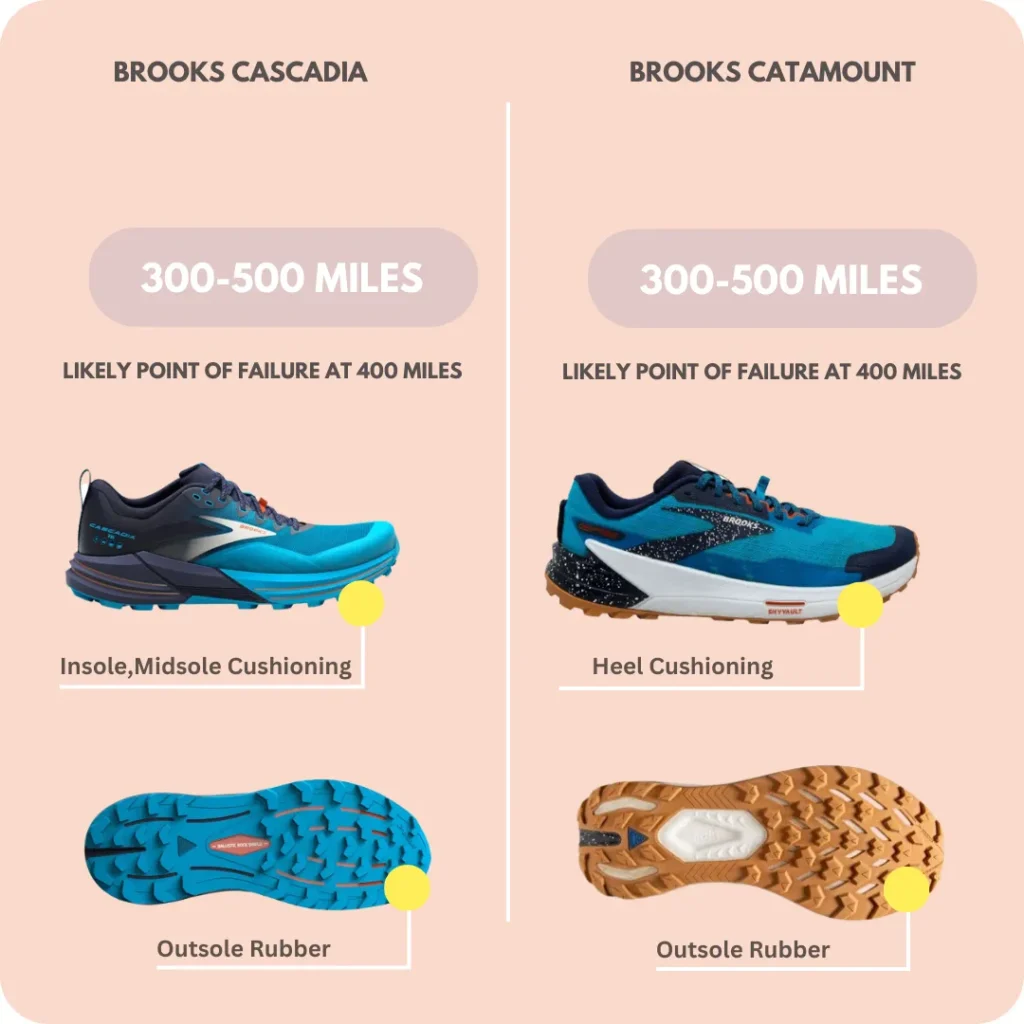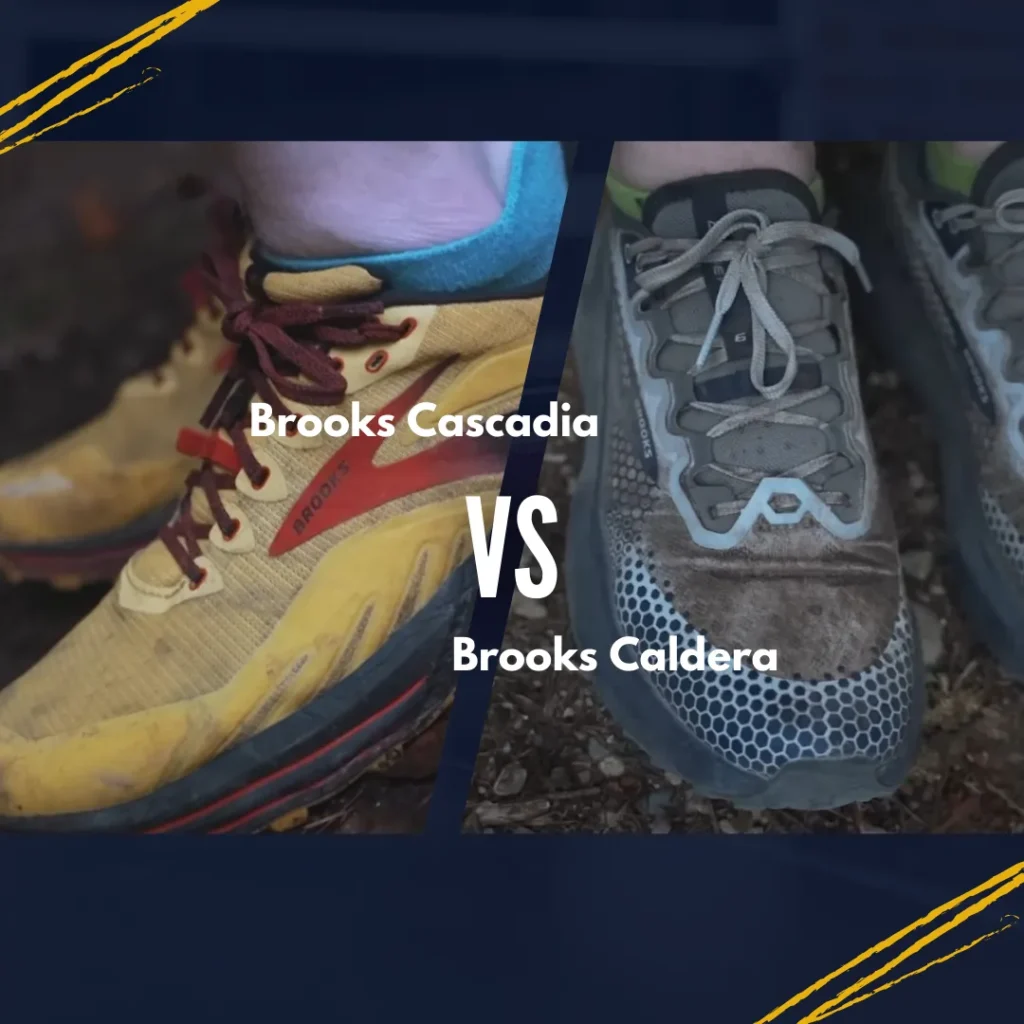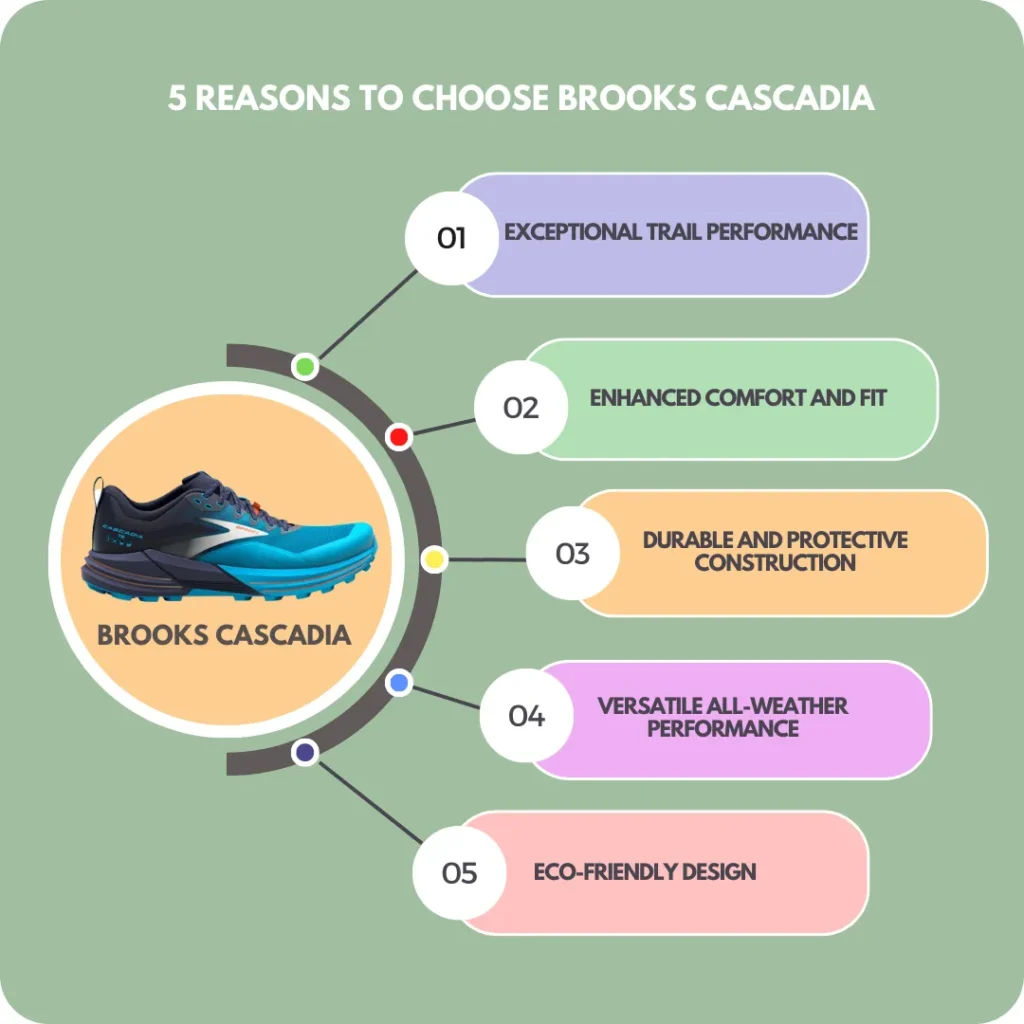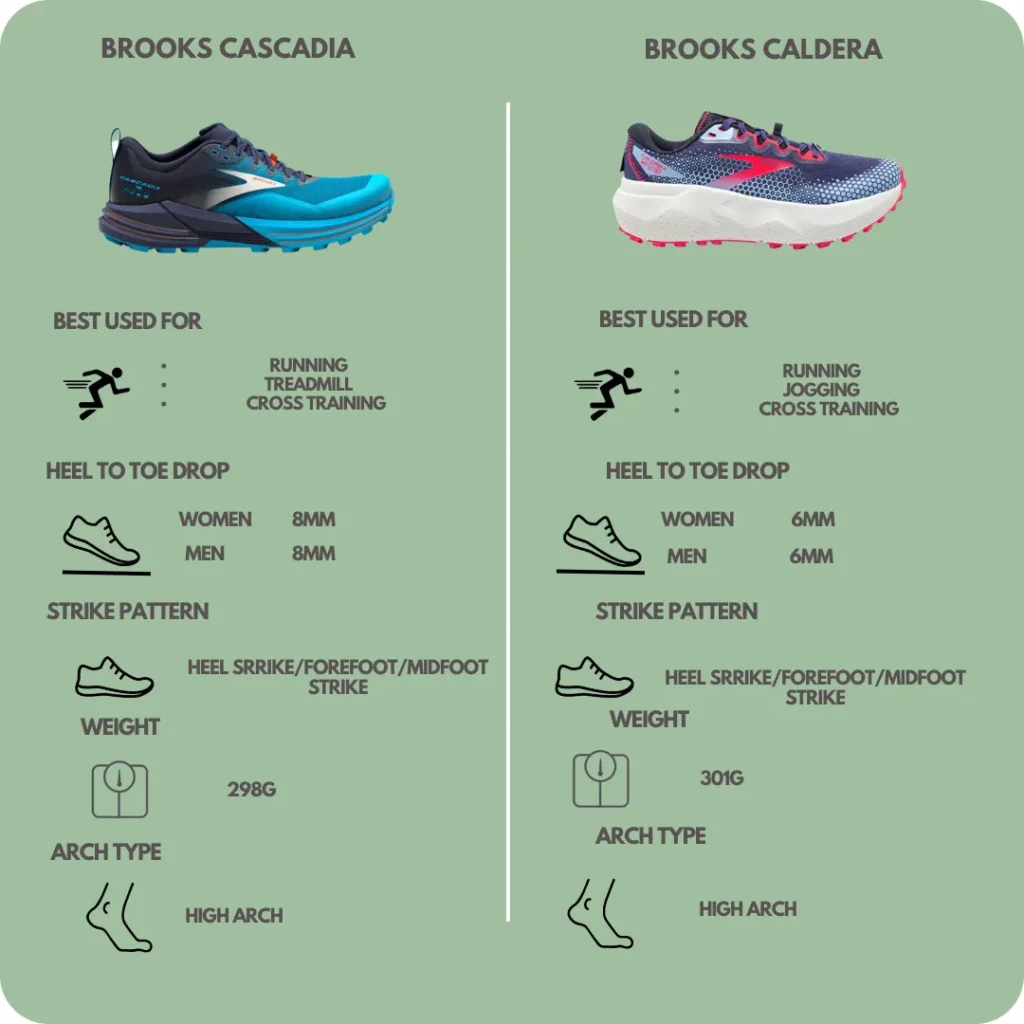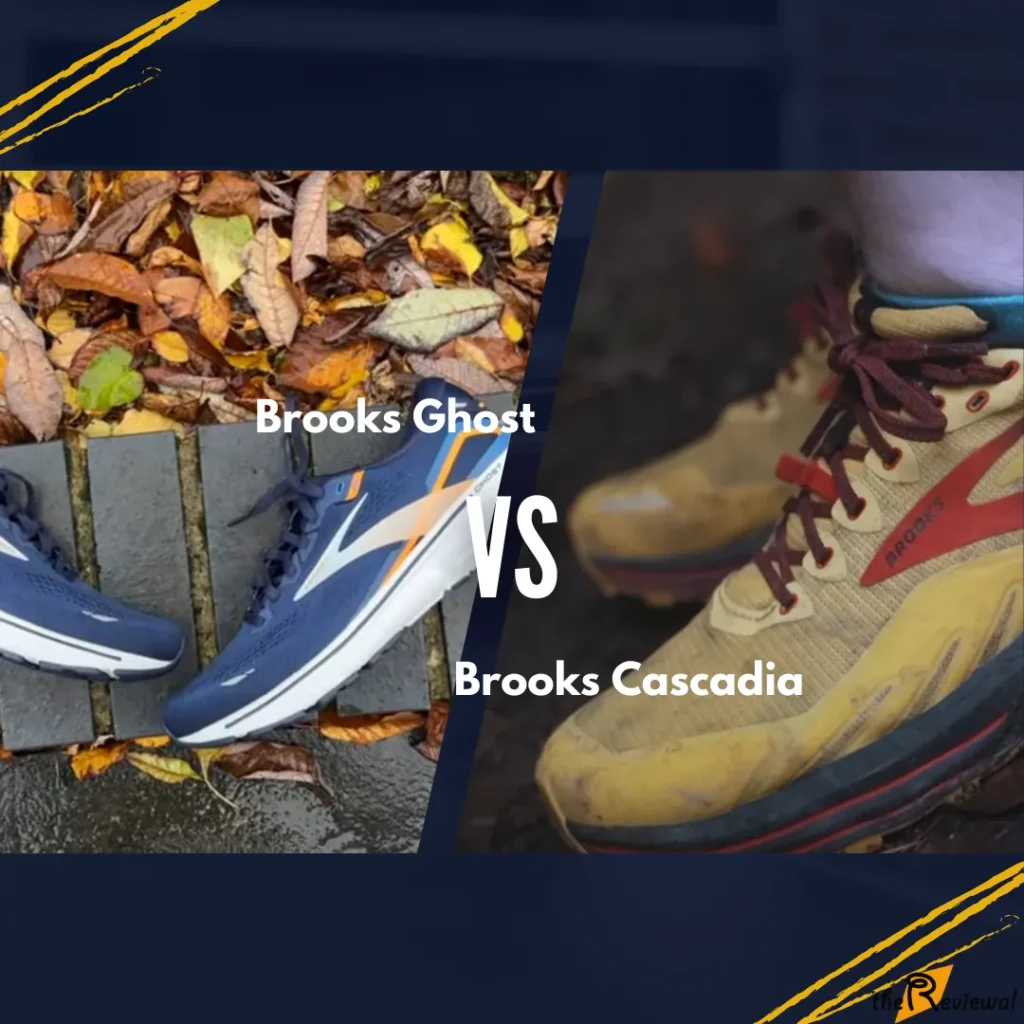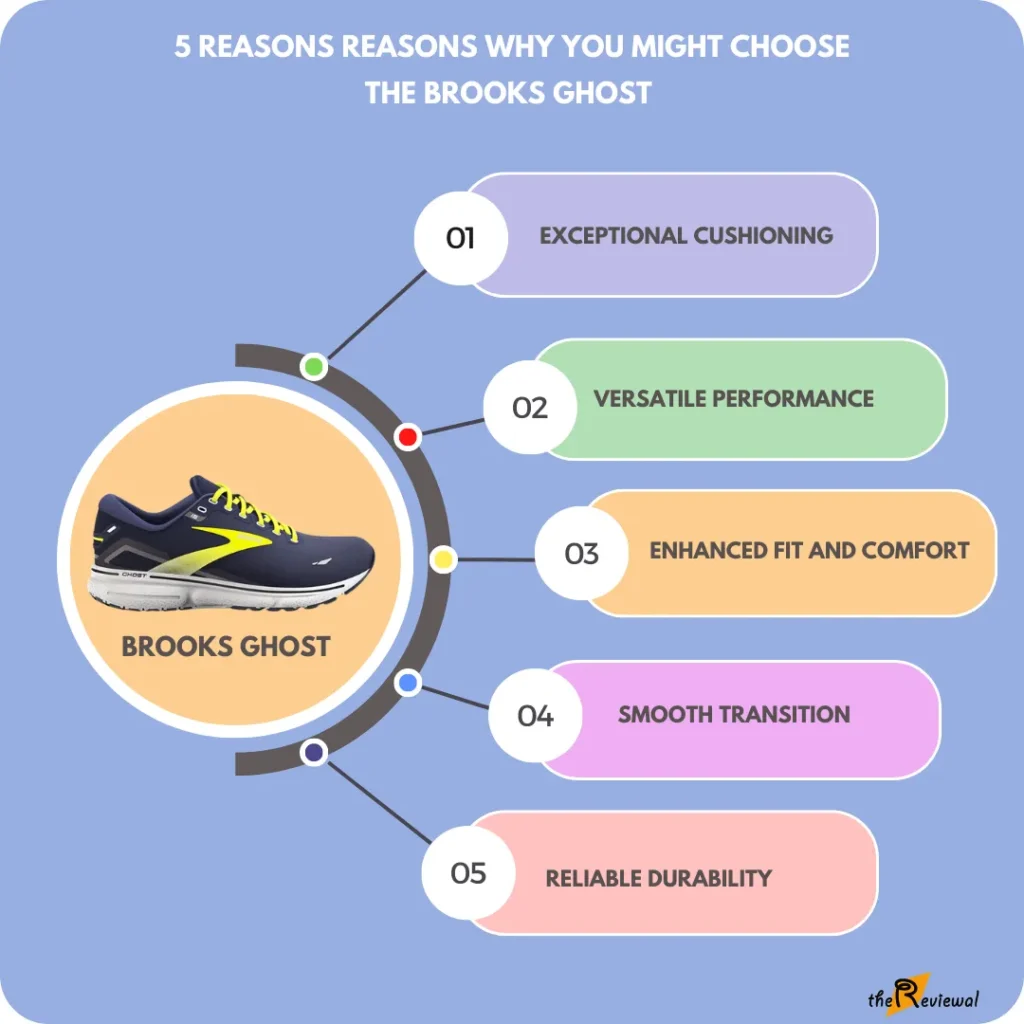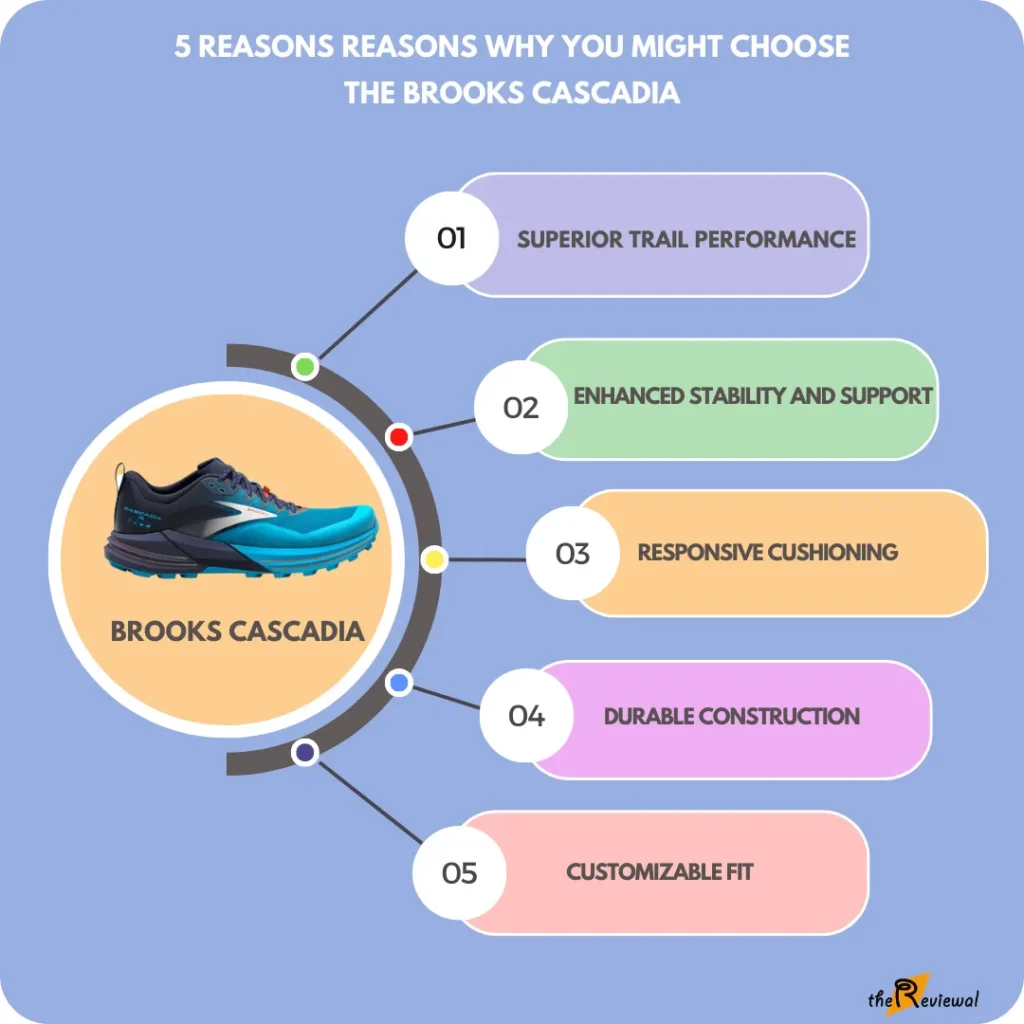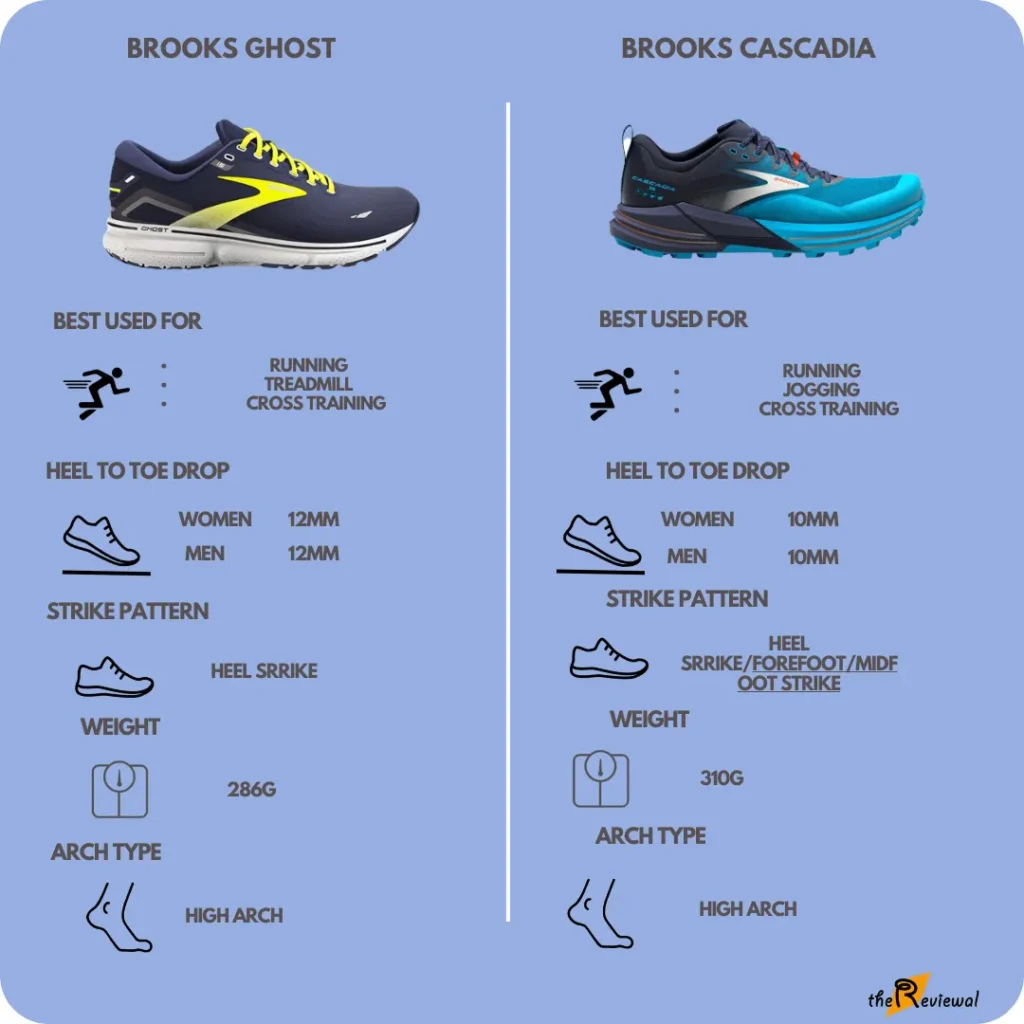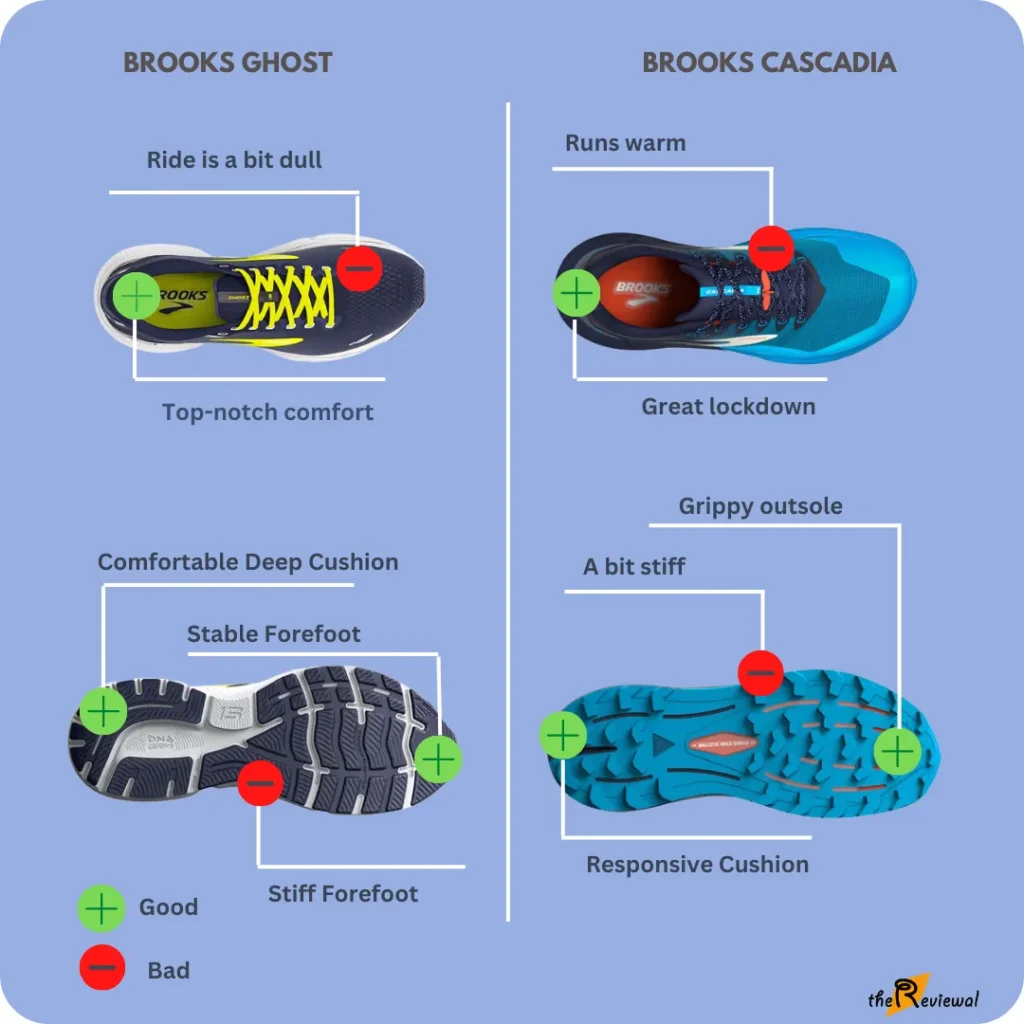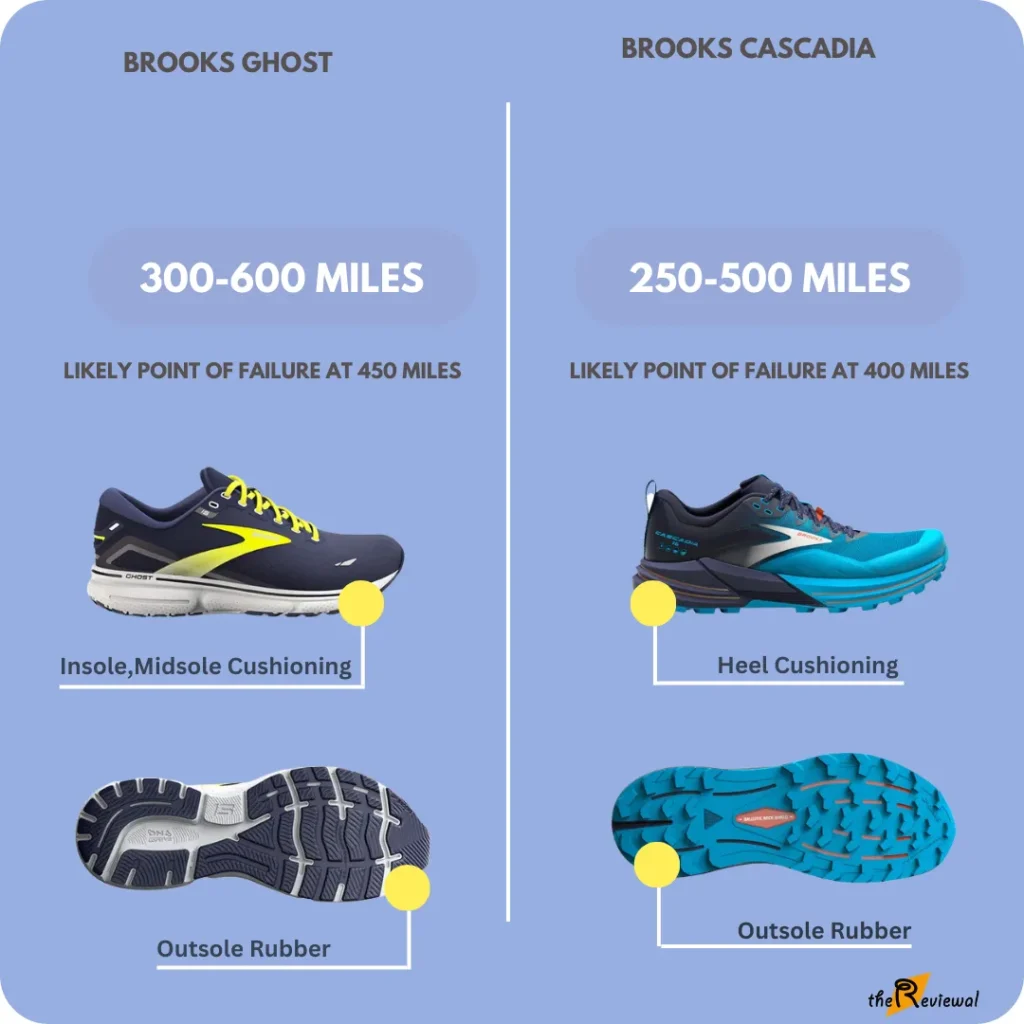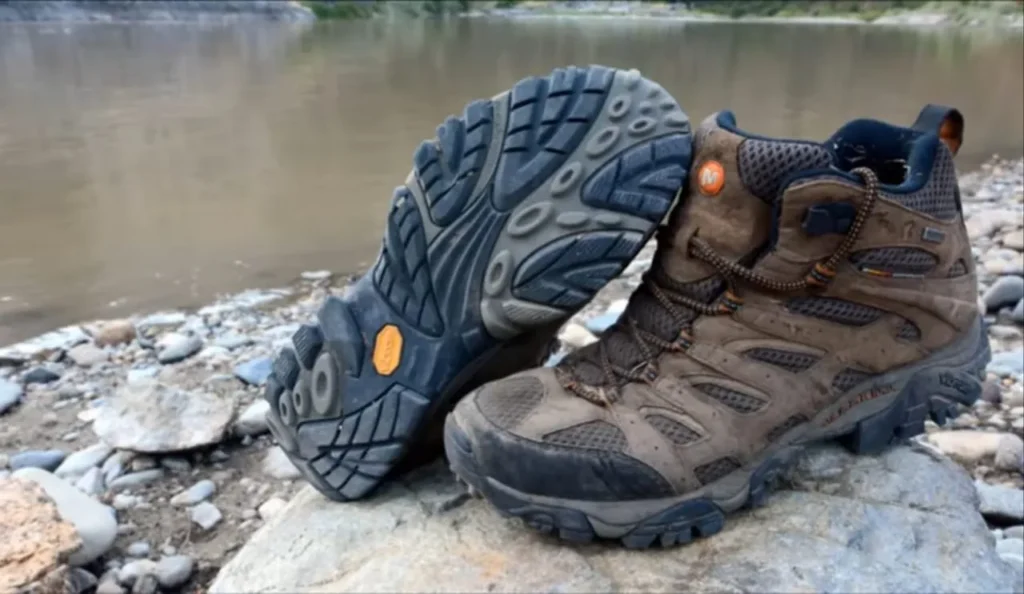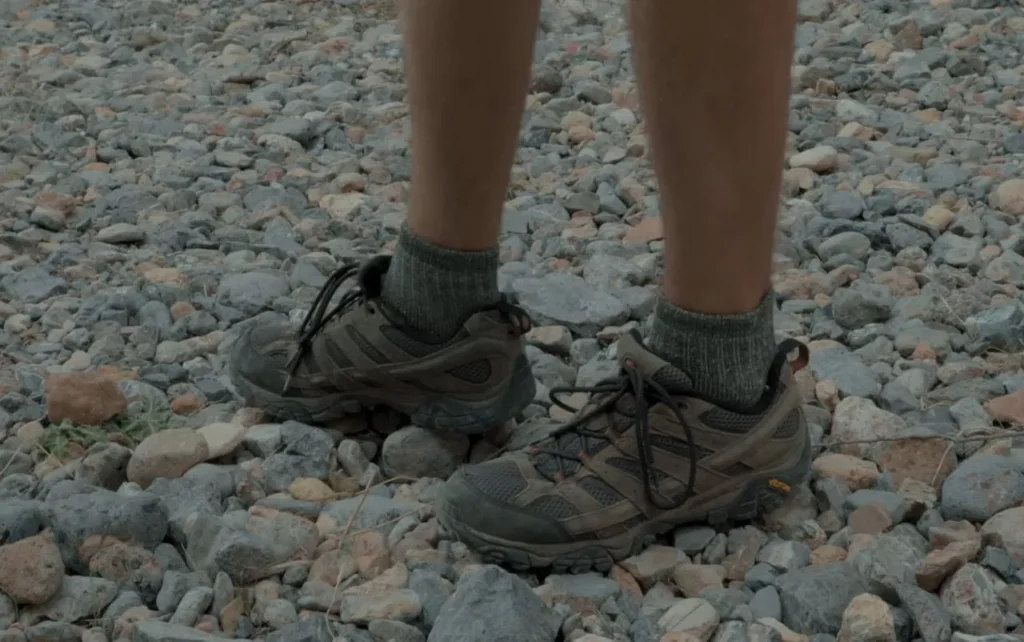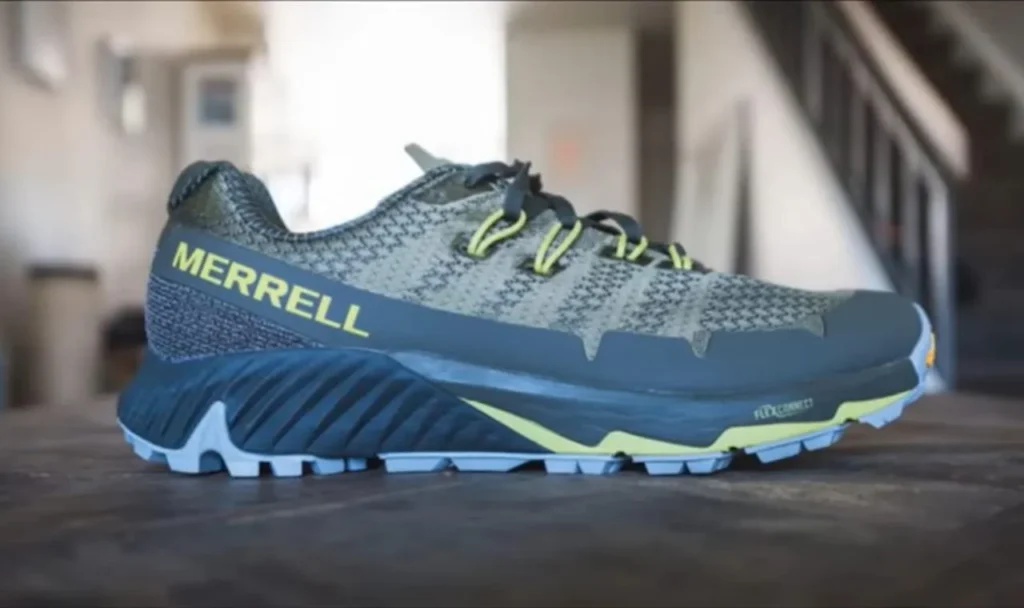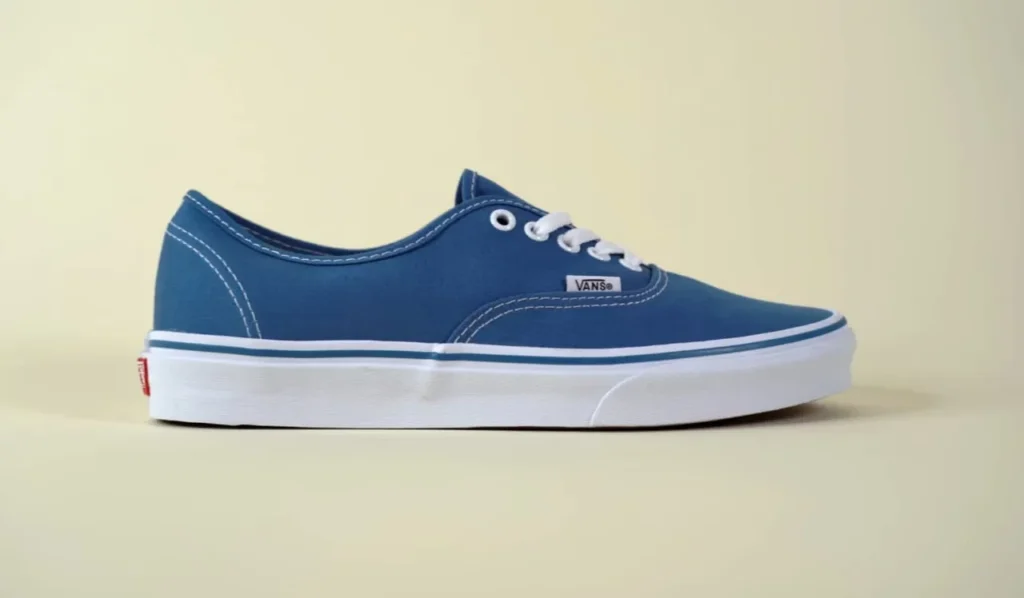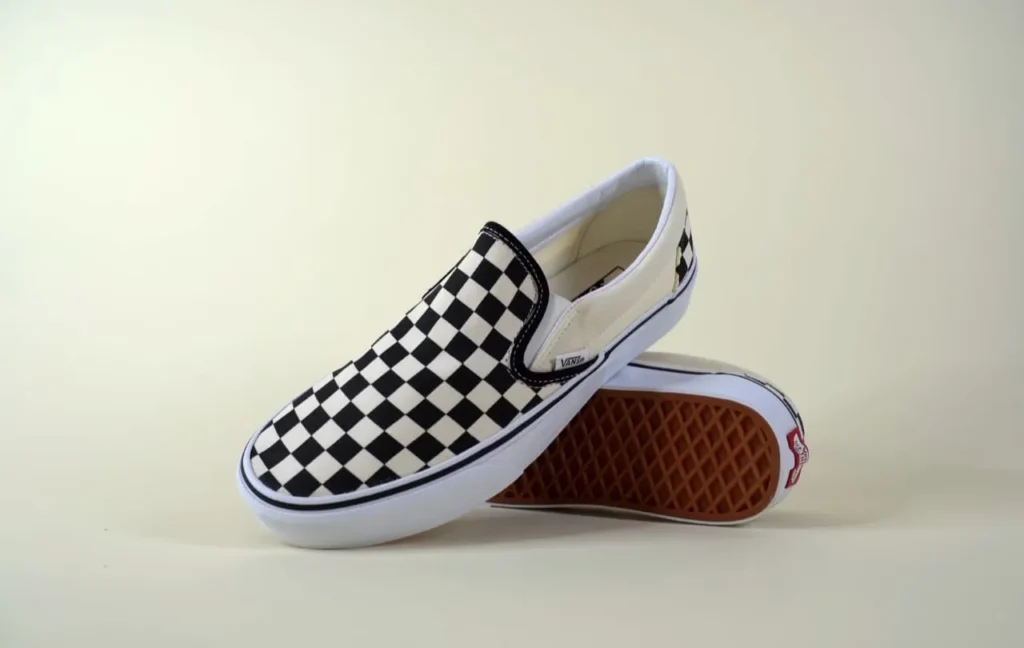Brooks Cascadia 16 vs Divide 3: Which Running Shoe is Right for You?
When it comes to running, choosing the right pair of shoes can make a world of difference in your performance and overall comfort.
In this blog post, we will compare two popular running shoes from Brooks: the Cascadia 16 and the Divide 3.
By understanding their key features and differences, you’ll be able to make an informed decision and find the perfect running companion for your needs.
| Features | Brooks Cascadia 16 | Brooks Divide 3 |
| Cushioning | DNA Loft midsole with Pivot Post System | BioMoGo DNA midsole with segmented crash pad |
| Upper Material | Mesh and synthetic overlays | Breathable engineered mesh with synthetic overlays |
| Weight | Approximately 11.7 ounces (men’s) / 9.7 ounces (women’s) | Approximately 9.9 ounces (men’s) / 8.4 ounces (women’s) |
| Traction | TrailTack rubber outsole with multidirectional lugs | TrailTack rubber outsole with multidirectional lugs |
| Stability | Moderate stability | Neutral |
| Drop | 8mm | 6mm |
| Fit | Standard fit | Standard fit |
| Heel Counter | Internal heel counter | External heel counter |
| Toe Box | Roomy toe box | Roomy toe box |
| Breathability | Mesh upper promotes breathability | Breathable mesh upper with strategic ventilation |
| Durability | Durable construction for rugged trails | Durable materials with reinforced areas for longevity |
| Versatility | Suitable for various terrains and distances | Versatile for trail running and long-distance adventures |
| Recommended Use | Trail running, hiking, and outdoor activities | Trail running, fastpacking, and outdoor adventures |
| Check Prices on Amazon – For Men – For Women | Check Prices on Amazon – For Men – For Women |
Please note that this is a simplified comparison table and not an exhaustive list of features. It provides a brief overview of some key aspects to consider when comparing Brooks Cascadia 16 and the Brooks Divide 3.
You May Also Like – Brooks Cascadia 16 vs Caldera 6: Which Running Shoe is Right for You?
Overview of Brooks Cascadia 16
Brooks Cascadia 16 is a powerhouse of innovation and comfort.
Designed for trail running enthusiasts, it boasts a range of features that enhance your running experience.
The shoe’s cushioning system provides exceptional comfort, absorbing impact and providing a smooth ride even on rugged terrains.
With its lightweight design and breathability, the Cascadia 16 allows you to push your limits without feeling weighed down.
Whether you’re an experienced trail runner or a beginner exploring off-road paths, the Cascadia 16’s versatility makes it suitable for a wide range of runners.
User reviews and testimonials consistently praise the shoe for its durability, grip, and overall performance.
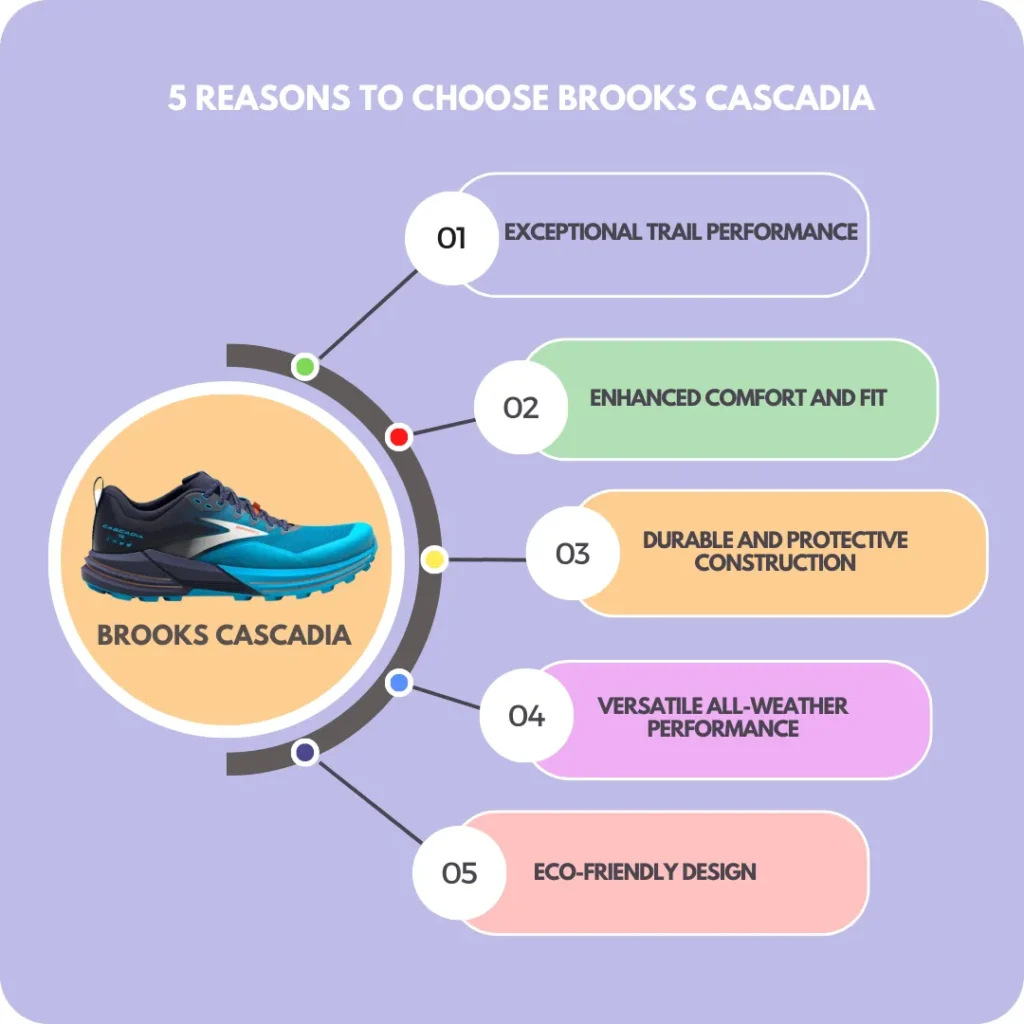
Also Read – Brooks Cascadia 16 vs Catamount 2: Which Running Shoe is Right for You?
Overview of Divide 3
The Brooks Divide 3 is a highly regarded running shoe that caters specifically to overpronators and those seeking stability.
Building upon the success of its predecessor, the Divide 3 introduces advancements that elevate your running experience.
Its stability features ensure proper foot alignment, reducing the risk of injury for overpronators.
The cushioning system in the Divide 3 offers a responsive and energizing feel, propelling you forward with every stride.
Additionally, the shoe’s durability and traction make it a reliable choice for long-distance runs.
User reviews highlight Divide 3’s ability to provide stability and support without compromising comfort.
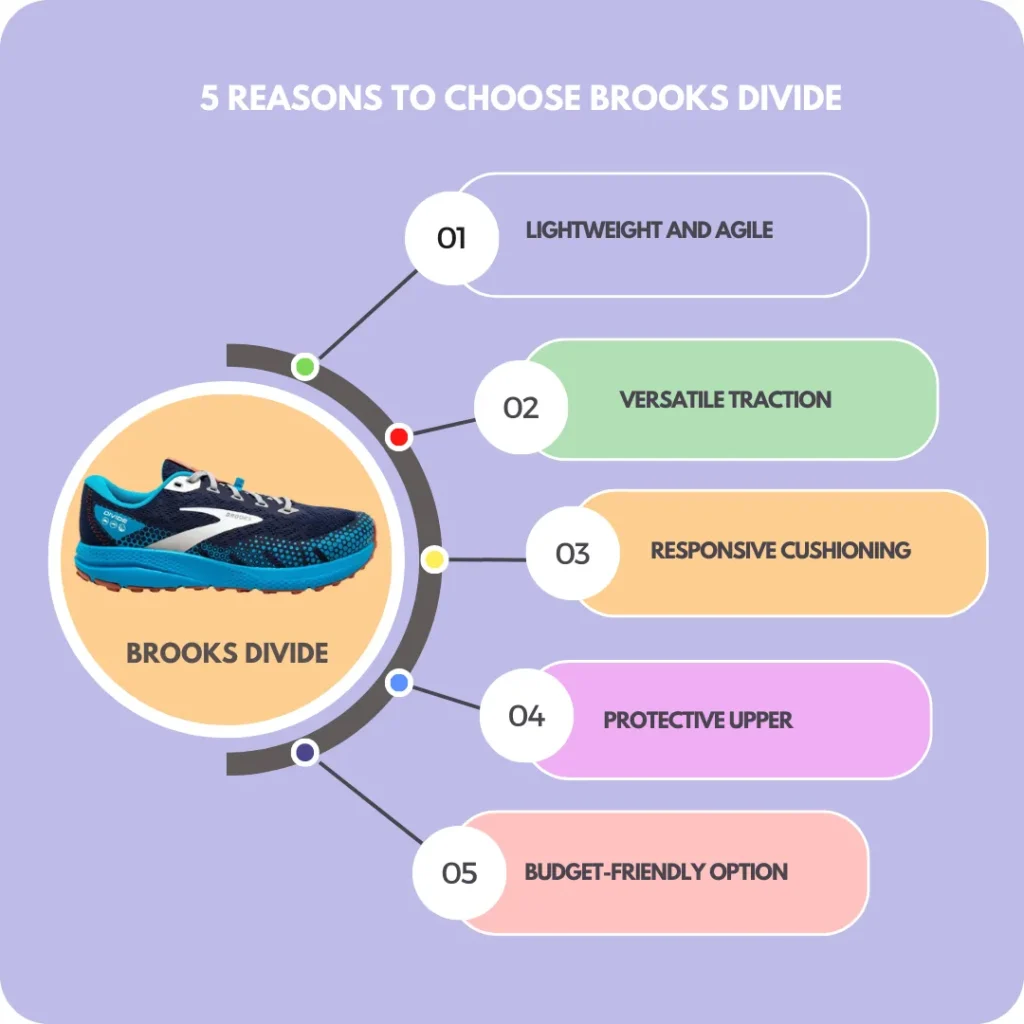
Also Read – Brooks Catamount 2 Vs Caldera 6: Which Running Shoe is Right for You?
Comparison: Cascadia 16 vs Divide 3
In terms of design and aesthetics, both the Cascadia 16 and the Divide 3 showcase the classic Brooks style, but with their own unique flair.
When comparing cushioning and responsiveness, the Cascadia 16 excels in providing plush cushioning, ideal for runners who prioritize comfort, while the Divide 3 offers a balance of cushioning and responsiveness, making it suitable for those seeking a more dynamic running experience.
The stability and support features differ between the two models, with the Cascadia 16 focusing on versatility and the Divide 3 catering specifically to overpronators.
To determine which shoe is right for you, consider your running style and foot type.
Neutral runners may find the Cascadia 16 to be a great all-around choice, while overpronators will appreciate the targeted support of the Divide 3.
It’s essential to try on both shoes to gauge the fit and feel that aligns with your individual needs.
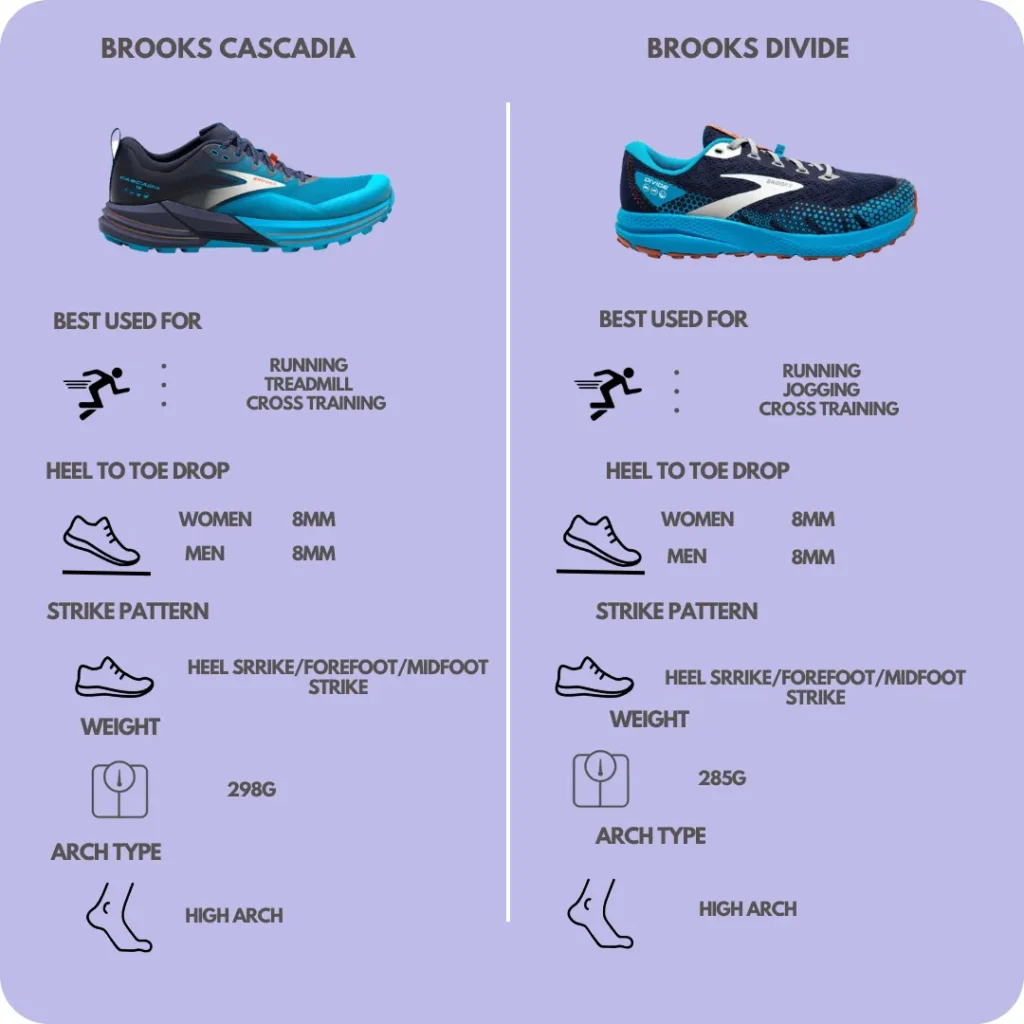
You May Also Like – Brooks or Asics: Which Brand is Best for You? Explained
My Personal Experience with Brooks Cascadia 16 and Divide 3
I have had the opportunity to experience both the Brooks Cascadia 16 and the Brooks Divide 3 during my running journey, and each shoe has left a distinct impression on me.
The Cascadia 16 instantly won me over with its incredible cushioning system.
As someone who enjoys long-distance runs, the plush comfort provided by the Cascadia 16 allowed me to push through challenging terrains without feeling the impact on my feet.
The shoe’s versatility also stood out to me, as it performed exceptionally well on both trails and roads, making it my go-to option for various running adventures.
On the other hand, the Brooks Divide 3 captured my attention with its exceptional stability and support features.
Being an overpronator, finding a shoe that can keep my foot properly aligned and provide the necessary support is crucial.
Divide 3 did just that.
With its stability-focused design, I experienced a noticeable improvement in my running form and felt more confident during my runs.
The shoe’s cushioning system offered just the right amount of responsiveness, propelling me forward with energy and making my runs feel effortless.
Also Read – Brooks Ghost 15 vs Cascadia 16:A detailed Comparison; Which Running Shoe is Right for You?
While both shoes have their merits, I find myself leaning more toward the Brooks Divide 3.
Its ability to cater specifically to my overpronation needs and provide the necessary stability and support has truly made a difference in my running experience.
I appreciate the attention to detail in the shoe’s design, ensuring that every step feels secure and aligned.
Divide 3 has helped me maintain proper form and reduce the risk of injuries, allowing me to focus on improving my performance without worrying about discomfort or instability.
My experience with both the Brooks Cascadia 16 and the Brooks Divide 3 has been positive, but the Divide 3 has truly won me over with its exceptional stability and support features.
Its ability to address my specific needs as an overpronator has made a noticeable impact on my running form and overall enjoyment.
Whether you choose the Cascadia 16 or the Divide 3, rest assured that Brooks has engineered both shoes with precision and quality, ensuring a comfortable and rewarding running experience.
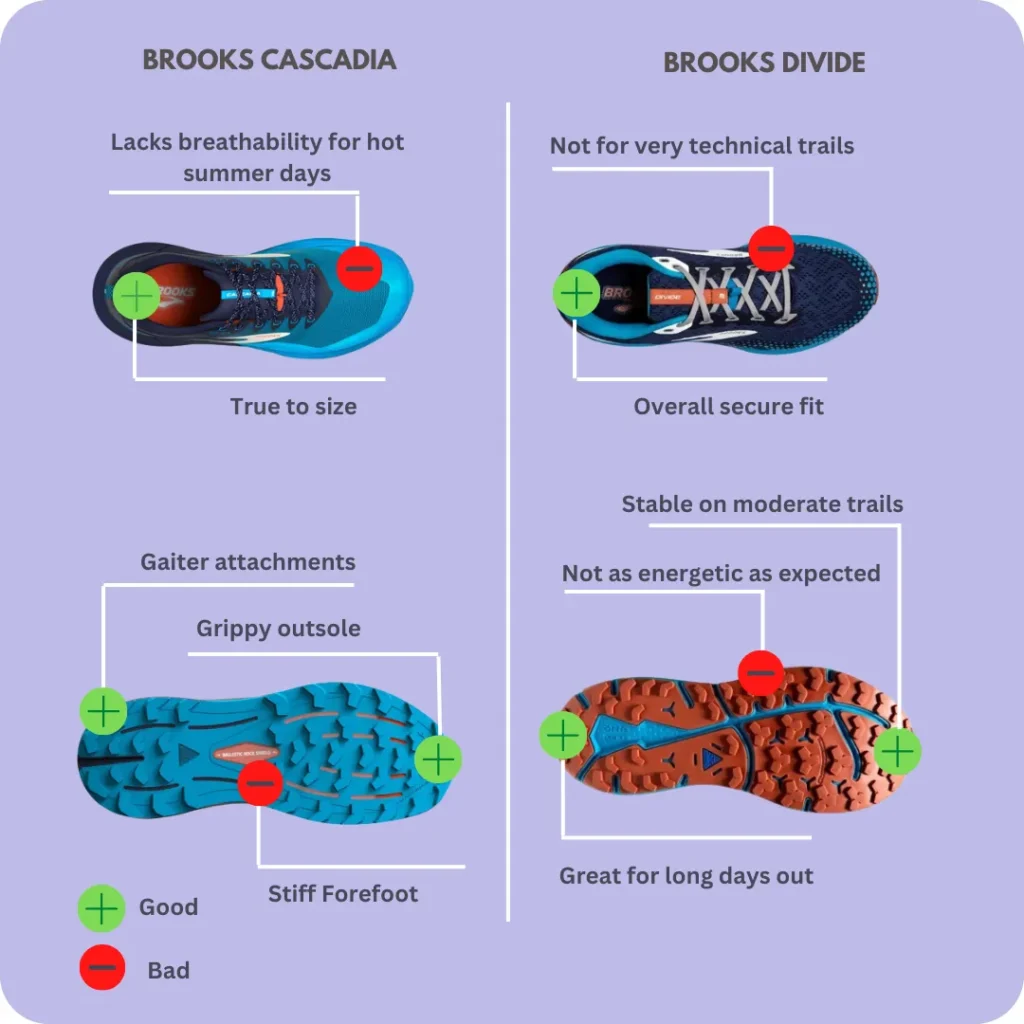
Final Verdict
Selecting the perfect running shoe is a personal journey, and the Brooks Cascadia 16 and Divide 3 offer exceptional options to suit various preferences.
By assessing your running style, foot type, and specific requirements, you can make an informed decision.
Remember to try on both shoes, noting the comfort, stability, and overall feel.
Take the time to visit a local store or explore more detailed reviews to gather additional insights.
Whether you choose the versatile Cascadia 16 or the stability-focused Divide 3, both models are engineered to support you on your running adventures.
Lace up, hit the trails, and enjoy your running experience to the fullest!

FAQ
Which shoe is better for trail running, the Brooks Cascadia 16 or the Divide 3?
Both the Brooks Cascadia 16 and the Divide 3 are suitable for trail running, but they have slight differences.
The Cascadia 16 offers ample cushioning and smooth responsiveness, making it a comfortable and energetic choice.
On the other hand, the Divide 3 provides responsive cushioning and an energizing, propulsive feel.
Ultimately, the better shoe for trail running depends on personal preference and specific needs.
What are the key differences in terms of cushioning and responsiveness between the Cascadia 16 and the Divide 3?
The Brooks Cascadia 16 offers ample cushioning, providing a comfortable and smooth ride.
It has a cushioning system designed to absorb impact and deliver a responsive feel.
On the other hand, the Brooks Divide 3 is known for its responsive cushioning, which offers an energizing and propulsive running experience.
Both shoes provide cushioning, but the Cascadia 16 prioritizes comfort, while the Divide 3 focuses on energy return.
Do both shoes offer stability features, and if so, which one provides better support?
Yes, both the Brooks Cascadia 16 and the Divide 3 offer stability features, but they cater to different support needs.
The Cascadia 16 provides moderate stability and is suitable for neutral runners or those with mild pronation.
On the other hand, the Divide 3 is designed with excellent stability and is ideal for runners with overpronation.
The Divide 3 offers support to help correct pronation issues and promote a more efficient running gait.
Are there any notable differences in the durability and traction of the Cascadia 16 and the Divide 3?
Both Brooks Cascadia 16 and Divide 3 are built with durability in mind.
The Cascadia 16 features a durable construction that can withstand the demands of trail running.
Similarly, the Divide 3 utilizes durable materials to ensure longevity.
In terms of traction, both shoes provide reliable grip on various terrains, including trails and roads.
The outsoles of both models are designed to offer optimal traction and grip to enhance your running performance.
How do the Brooks Cascadia 16 and the Divide 3 differ in terms of weight and breathability?
The Brooks Cascadia 16 is known for its lightweight design, allowing for a more agile and nimble running experience.
The shoe is engineered with lightweight materials without compromising on durability.
As for breathability, the Cascadia 16 features a breathable upper that allows for airflow, keeping your feet cool and comfortable during runs.
On the other hand, the Brooks Divide 3 also offers a lightweight design but emphasizes durability and protection.
It provides a balance between breathability and ruggedness, ensuring your feet stay comfortable and protected on the trails.
Which shoe is more suitable for long-distance running, the Cascadia 16 or the Divide 3?
Both the Brooks Cascadia 16 and the Divide 3 are suitable for long-distance running, but they have different strengths.
The Cascadia 16’s cushioning system and comfortable ride make it a popular choice for longer runs.
Its ability to absorb impact and provide a smooth experience can contribute to reduced fatigue over extended distances.
On the other hand, the Divide 3’s responsive cushioning and energizing feel can provide an added boost during long-distance runs, helping you maintain a faster pace.
Choosing between the two ultimately depends on your personal preferences and running style.
Do the Brooks Cascadia 16 and the Divide 3 accommodate different types of foot pronation?
Yes, the Brooks Cascadia 16 and the Divide 3 cater to different types of foot pronation.
The Cascadia 16 is designed for neutral runners or those with mild pronation, providing moderate stability to support their natural gait.
On the other hand, the Divide 3 is specifically engineered for overpronators, who tend to have excessive inward foot rolling.
It offers excellent stability to help correct overpronation and promote a more efficient stride.
It’s important to identify your foot pronation type and choose the shoe that provides the appropriate support for your needs.
Brooks Cascadia 16 vs Divide 3: Which Running Shoe is Right for You? Read More »
